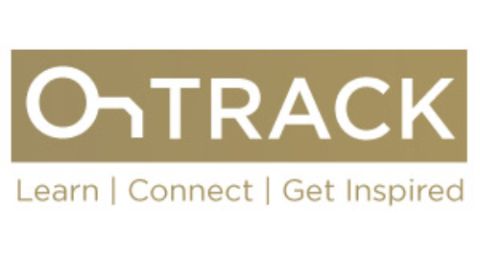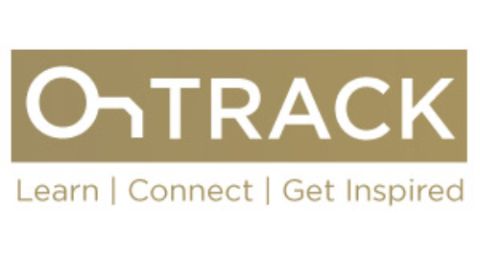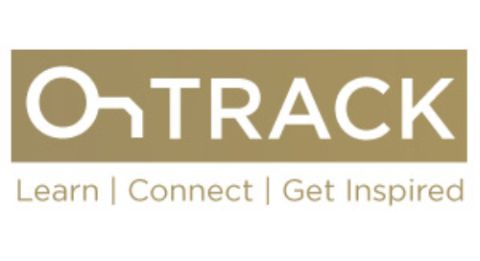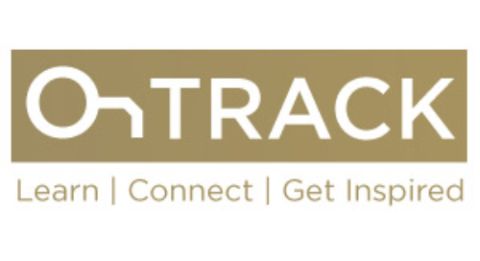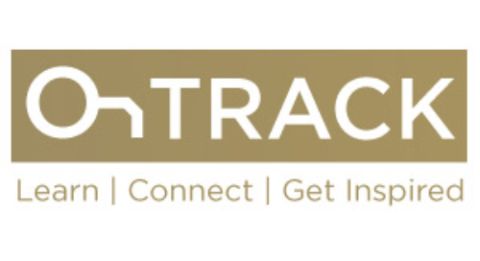A New Experience of Digital Collaboration has Positive Impact on Calumet Electronics

Judy Warner: Rob, please give us a brief overview of Calumet and your role there.
Rob Cooke: I've been with Calumet Electronics for just over a year and a half in the role of Director of Engineering Services. I have responsibility for our CAM/Tooling group that handles new orders. I also oversee our Design Engineering services group and our Software Development team. Calumet Electronics is a 50-year-old company that has been making Printed Circuit Boards in the United States since 1968. It's been our mission to be a Secure, Safe, and Sustainable producer of circuit boards ever since.
Warner: A significant obstacle to getting PCBs manufactured quickly is the disconnect that happens once a design engineer hands over data files to the manufacturer. How often would you say a job goes on hold due to a lack of critical information you need to start the job, and what are the implications for Calumet and its customers?
Cooke: I heard once from the CEO of another circuit board shop that the answer to this question is "all of them." My experience is that this is pretty close to being accurate. There are just so many options for boards and so many preferences for fabrication that drawings, purchase orders, and specs can't cover everything. The drawing and design package is merely one tool for communicating the details of the design. It is up to the people involved to make sure that the communication of the design intent is both complete and fully understood.
Warner: What information is often missing, and what do design engineers need to keep in mind?
Cooke: The list is pretty long. In simple cases, which are the most common, designers or procurement folks forget to include artwork files and drill files – the key pieces to fabrication. However, many issues are more subtle. Examples are providing netlist files with intentional shorts and open circuits but not communicating this fact. Including controlled impedance lines, but not identifying which ones, is also problematic. Calling out spacing or annular ring constraints that are conflicting or not realizable with current technology, is common. Often, when IPC 6012 Class 2 or Class 3 Spec is called out without realizing that specific minimum tolerances constraints by the spec but cannot be met based on the provided design.
Warner: You sent me an email recently that simply said, “If you want an endorsement on Altium 365, let me know. I’m a fan!” Will you share what inspired you to send that email?
Cooke: I had reached out to you because I just felt like the tool provided a near-perfect experience of how communication and collaboration should work in this digital age. I was working with a design engineer who needed some PCB’s fabricated. The designer engineer arranged for a call with us to discuss the board fabrication and asked his assembly partner to join the call. At that point, the design was about 85-90% complete. He brought all five PCB designs used in their product, and we walked through each of them concurrently through Altium 365. As we were looking at the board layout, both the contract assembler and I were able to point out areas that would likely cause problems and issues with the fab – everything from board stack up to component overhang, to spacing and fiducials on the pallets. We covered all the usual questions on marking, soldermask, and hole tolerances then and there--before they had even finalized a fab drawing. It required a bit of commitment on the designer's side to pick their supplier, but the advantage allowed us to create the tooling for the boards in less than a day. We had all five boards in production on the floor in three days, as opposed to going on hold for weeks because we lacked vital pieces of information.
Warner: What would change for you and your customers if more of your jobs went this smoothly?
Cooke: The most significant advantage is an increase in time to market and a reduction in risk. I know from experience that nothing is more frustrating than to expect a circuit board in 1-2 weeks, only to find out on day ten that the board scrapped out because of a fabrication challenge. Most of those challenges can be avoided with a little bit of discussion and analysis ahead of time. Sure, automated DFM tools and Design Rule Checks are a big help – but there is no substitute for having the fabricator and assembler look over the design before sending it off to be built. In the case of these five designs, we were able to go over all the questions, right in the design file, for fabrication and assembly in less than 30 minutes! Working together early and on a cloud-based platform where we could make instantaneous changes made that possible.
Warner: For our design engineer readers, what advice would you give to help them have a smoother transition to fabrication, and what do you think the impact of Altium 365 could have on the design-to-realization of electronic hardware?
Cooke: As a designer myself who has spent most of my career designing PCBs, I see the powerful collaboration potential enabled through Altium 365. If the designer can work with their supply chain partners in a collaborative environment with a visual context, they can save an enormous amount of time and money. Using Altium 365 to allow the board and assembly fabricator to see the layout by sharing it right from the design tool, really allows the designer to take advantage of the expertise from other people. In some cases, matters of preference can have a major impact on lead time – for instance, a small change in material thickness or type can save 2-3 weeks of lead time simply based on what stock is available. Having the ability to see the design and offer those suggestions before being quoted can make a big difference.
Warner: Any final thoughts, Rob?
Cooke: I appreciate you taking the time to chat with me and highlight some of the challenges fabricators face. Each circuit board is a custom product – not a commodity. The technology today pushes the envelope of machine and human capability. We're currently working on technology that lays traces down at less than 25 microns. We want to help design engineers succeed and we can't push the envelope if we don't take full advantage of our collective knowledge and expertise. The Altium 365 platform is a modern solution to facilitate this collaboration and finally bridge the gaps between all the stakeholders, regardless of physical location. It’s an exciting time to be a design engineer, and a fabricator.
Editor's Note: To hear the OnTrack Podcast featuring Rob Cooke on this subject, please visit our podcast page.





